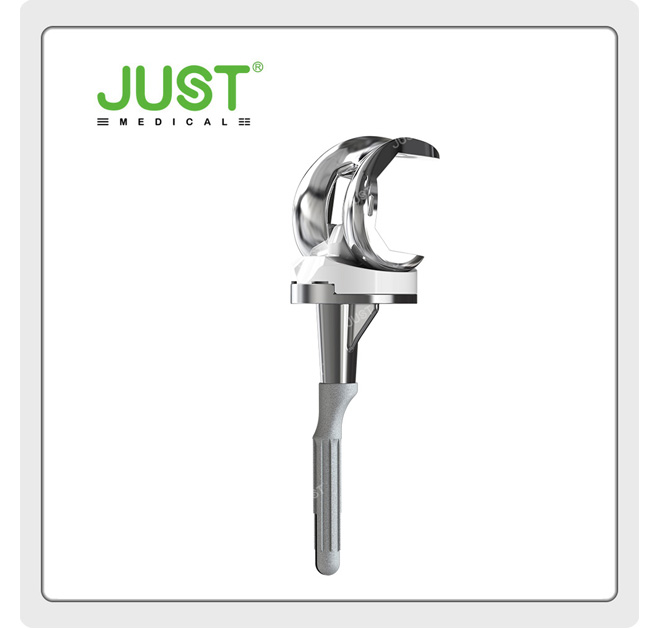How Do You Choose a Knee Prosthesis?
 Feb. 25, 2021
Feb. 25, 2021
The knee joint is the largest and most complex joint in the human body and consists of three bones: the femur (thigh bone), tibia (calf bone) and patella (knee bone), which play a vital role in daily life for walking, walking up and downstairs and standing in a seated position. If the joint surface of the knee joint is worn, damaged or destroyed for any reason, resulting in narrowing of the joint space, walking pain and functional impairment, the quality of life will be seriously affected. Artificial knee replacement is currently one of the most effective and reliable means of treating advanced knee osteoarthritis. However, for an elderly patient, artificial knee replacement is not a non-invasive or minimally invasive procedure like the fitting of dentures and requires a high level of preoperative preparation.
There are many types of knee prostheses in clinical use, and as many as a dozen manufacturers, so how should you choose a prosthesis in clinical practice? The first step is to understand the composition and classification of these knee prosthesis.

The knee prosthesis consists of the following three parts.
1. Femoral prosthesis
The end of the surface replacement femur. The femoral prosthesis consists of a metal alloy.
2. Patellar prosthesis
Replaces the inner surface of the patella which rubs against the femur. The patellar prosthesis consists of plastic with a metal alloy backing plate.
3. Tibial prosthesis
Can be a single or two-piece design. The single design consists of plastic and the two-piece design consists of a metal buttress attached to the bone and a plastic piece. The plastic spacer provides a smooth surface over which the femur moves. The plastic spacers are usually attached to the tibial brackets.
Classification of Knee prosthesis classification
1. Depending on where the knee prosthesis is used it can be classified as a unicondylar prosthesis (single spacer prosthesis), a double spacer prosthesis excluding patellofemoral joint replacement and a total joint prosthesis (triple spacer prosthesis).
2. The prosthesis can also be divided into cemented and non-cemented prostheses according to the way it is fixed.
3. The prosthesis can be divided into non-restrictive, partially restrictive, highly restrictive and fully restrictive (hinged) prostheses according to the degree of mechanical restriction provided in the design of the prosthesis.
Features of JUST SKII TKA total knee artificial replacement High Flexion
1.With the same tibial tray design, product multi-function.The maximum to retain bone mass.
2.All femoral condyle match with the tibial tray perfectly, close to customization. Optimized trochlear groove.
3.Effective resolutions to bone defects.High flexion design.Optimized patellofemoral articular design.
4.Almost custom-made component size, 2mm increments in A/P.Proportional posterior condyles allow for greater contact area in deep flexion. Mirror polished surface reduces wear and debris post-operatively.













